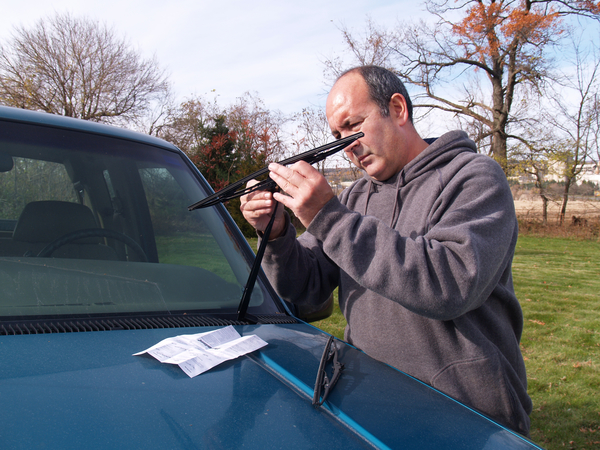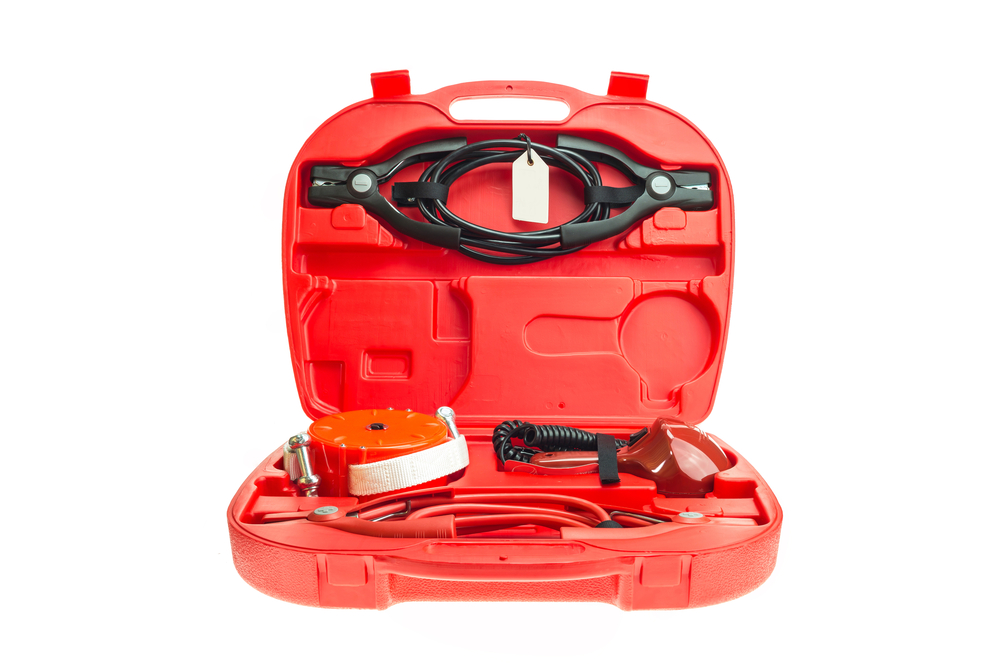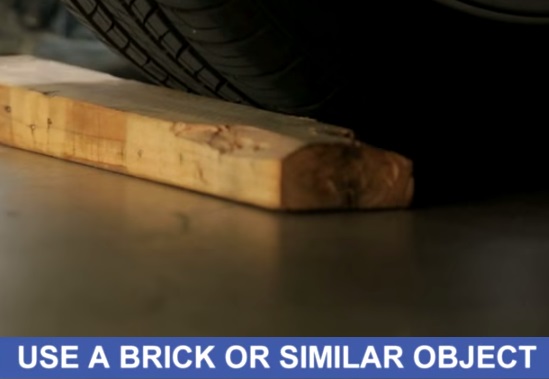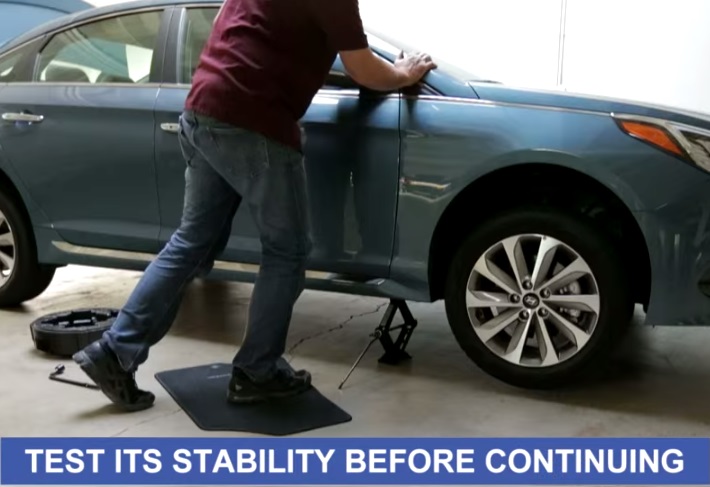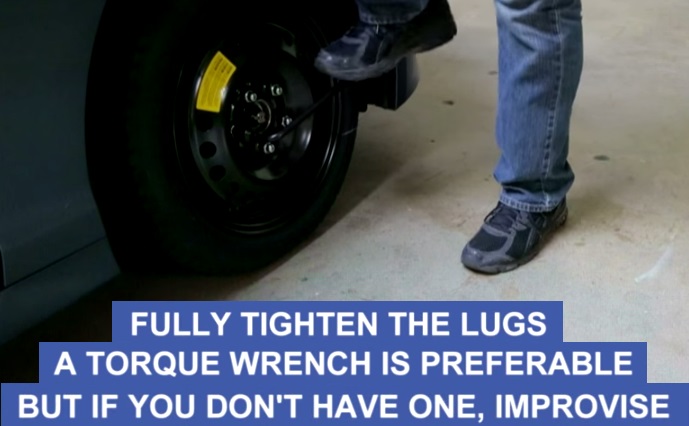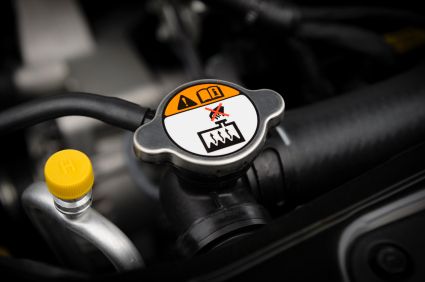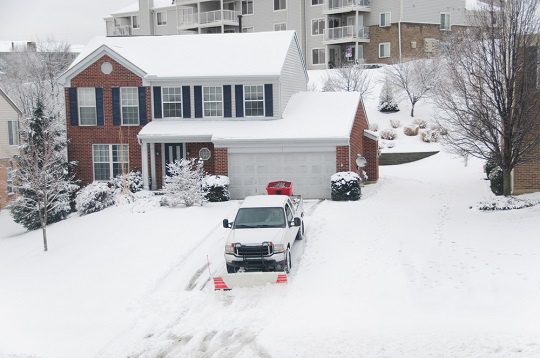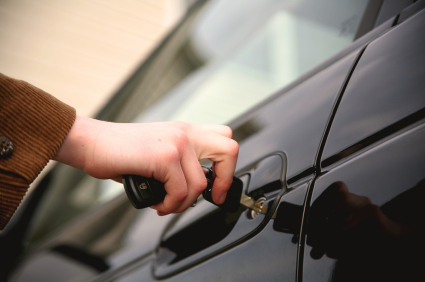
Spending 20+ hours in a car can seem like a daunting task and, if not done properly, a recipe for disaster. Avoid the heartaches and woes when trying to fly the coop on your next road trip.
– Snacks. The first thing you’re going to need to get your road trip started is snacks. Make sure to diversify your snacks; get both sweet and salty. Also, pack a couple of healthy items, such as fresh fruit and vegetables, to break up some of the greasy fast food stops.
– Entertainment. You cannot and should not count on your second-in-command to be your sole source of entertainment, especially if the both of you are driving. Download a few audio books before you embark upon your adventure to get you busy while your buddy catches some shuteye.
– Directions. In the age of technology, it seems silly to print out directions but remember technology can be finicky. Nothing seems more frustrating than driving in unfamiliar territory only to have your GPS re-route your entire trip. It’s best to have a hard copy just in case things get a little wacky.
– Comfort. Long trips can do a number on the body, so make sure you’re comfortable. The first thing to ensuring comfort is to have space, so clean out your vehicle before hand to increase elbowroom. Also, don’t forget to bring a pillow and a blanket for nap time. After all, you don’t want to get a crook in your neck.
– Vehicle. Bring your car into your dealership or local mechanic for inspection before you hit the road. Get your oil and tires checked to make sure things are in tiptop shape. If you don’t have a “car guy” yet, give TalkLocal a call and we’ll connect you with a local pro.
– Friends. So now that you know the recipe for a successful road trip, make sure to share with friends so that you and your buddies can hit the road and have some fun.
With the right ingredients, you’re guaranteed to make horrible road trips a thing of the past. Grab your ingredients, gas up the car, and hit the road. Remember, half the fun of an adventure is just getting there.

